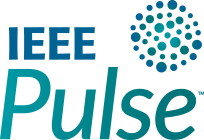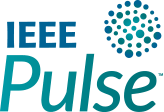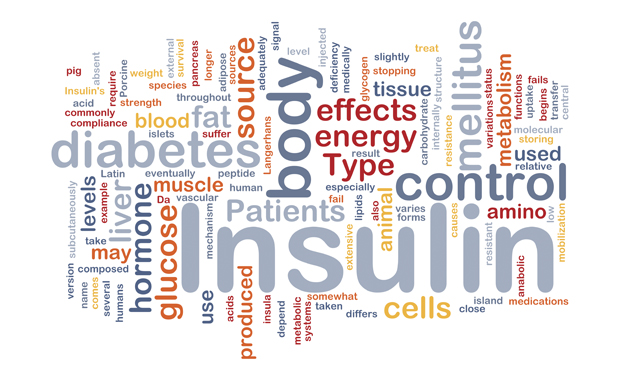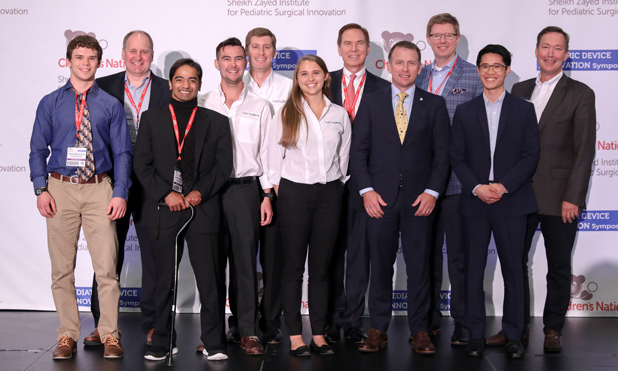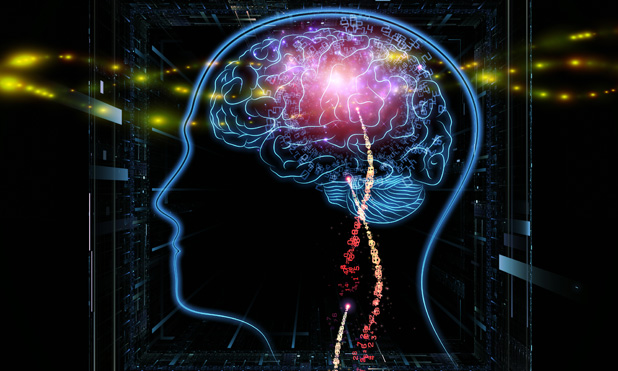For individuals with Type 1 or insulin-requiring Type 2 diabetes, new technology may offer something they desperately need, but is now nigh impossible: the ability to maintain ideal blood glucose…
read moreOn a balmy evening in mid-May 2017, Chris Cornell, the legendary head of the internationally renowned rock band Soundgarden, strummed his last chord at the Fox Theater in Detroit and…
read moreMartine Rothblatt Pulmonary arterial hypertension is a rare and potentially life-threatening disorder. But when prominent entrepreneur Martine Rothblatt (Figure 1, right), founder of Sirius radio, learned in the 1990s that…
read moreSix companies presenting innovative medical device solutions that address significant unmet needs in pediatric health were awarded a total of US$250,000 in grant money in San Jose, Calif. at the…
read moreThe best ideas are often simple in nature, though complex in detail, and great in potential. The stentrode is a perfect example, combining the familiar off-the-shelf technologies of a stent…
read moreImagine a natural disaster, such as an earthquake, causing residential buildings to collapse and trapping the people in- side underneath the rubble. Over the following days, first responders spend a…
read moreA student squinting to see the board or holding a textbook inches from his or her nose often provides the first indication of a visual impairment. For most, the cause is…
read moreIn March 2017, Dr. Marc Tewfik performed a delicate operation to remove cancerous tissue from a patient’s sinus cavity, something that he has done many times before at the McGill…
read moreIn August 2015, Akimasa Hirata, Professor at the Nagoya Institute of Technology in Japan, received a Technical Achievement Award from the IEEE Electromagnetic Compatibility Society for “his contribution to computational…
read more